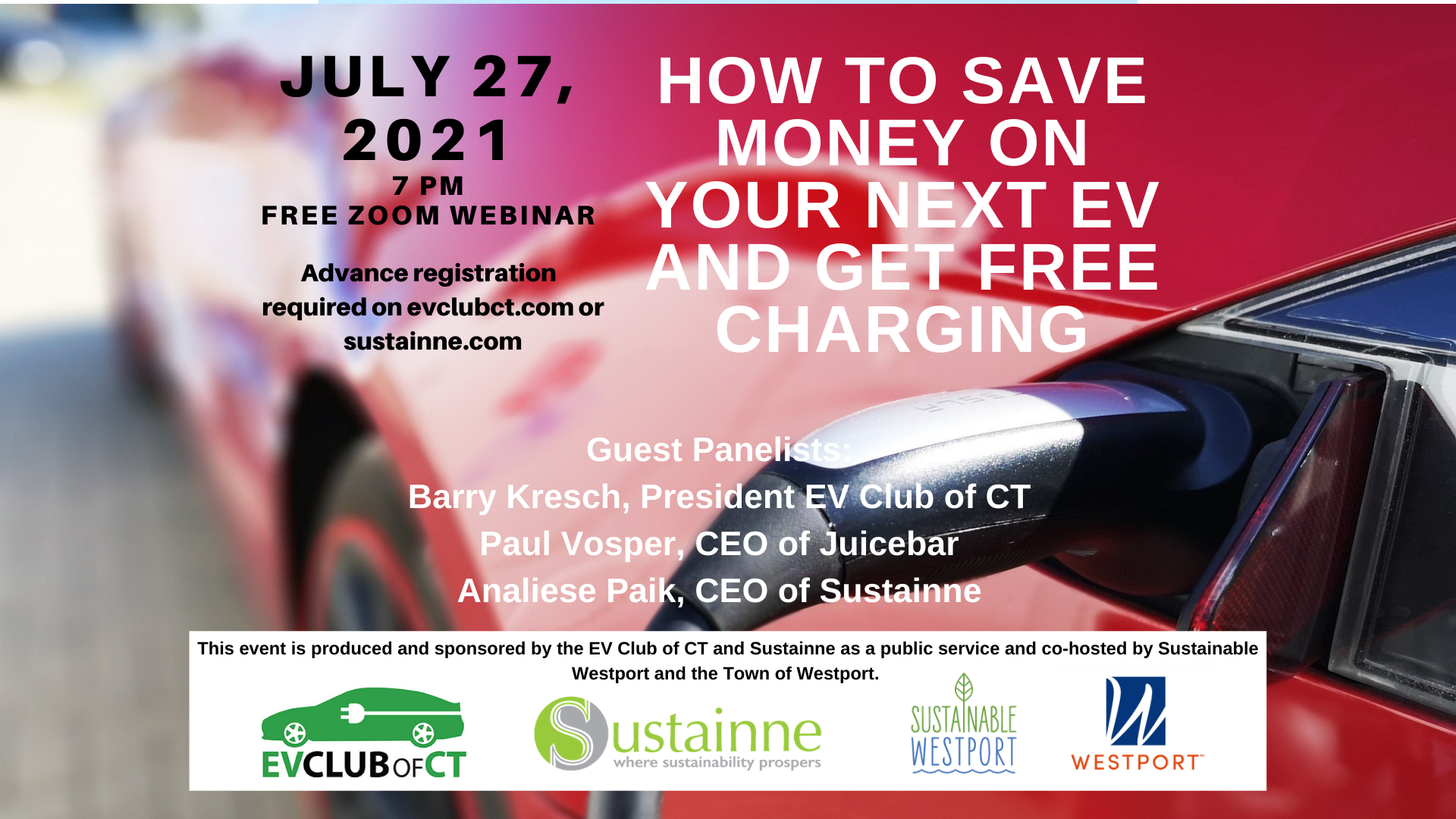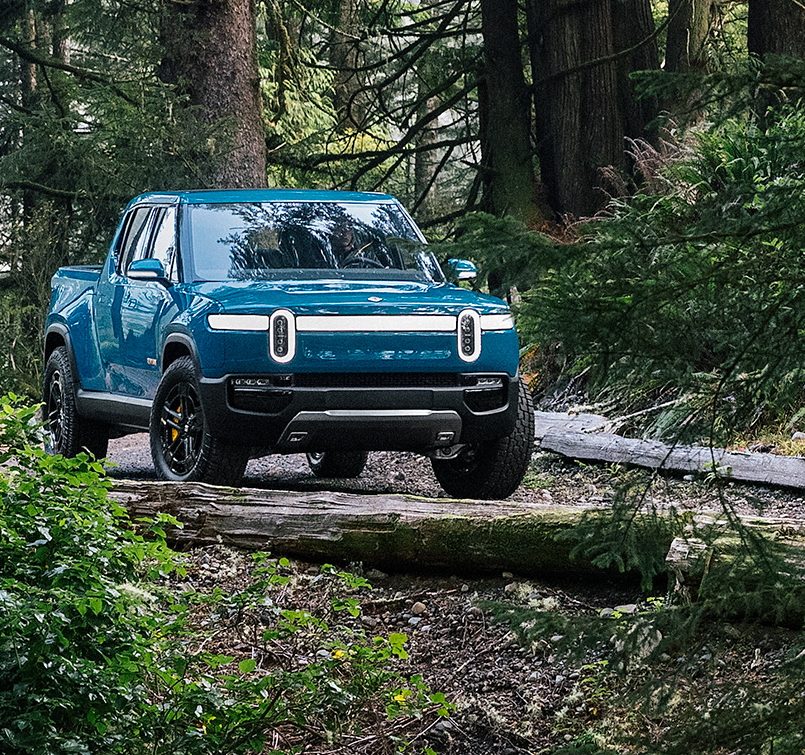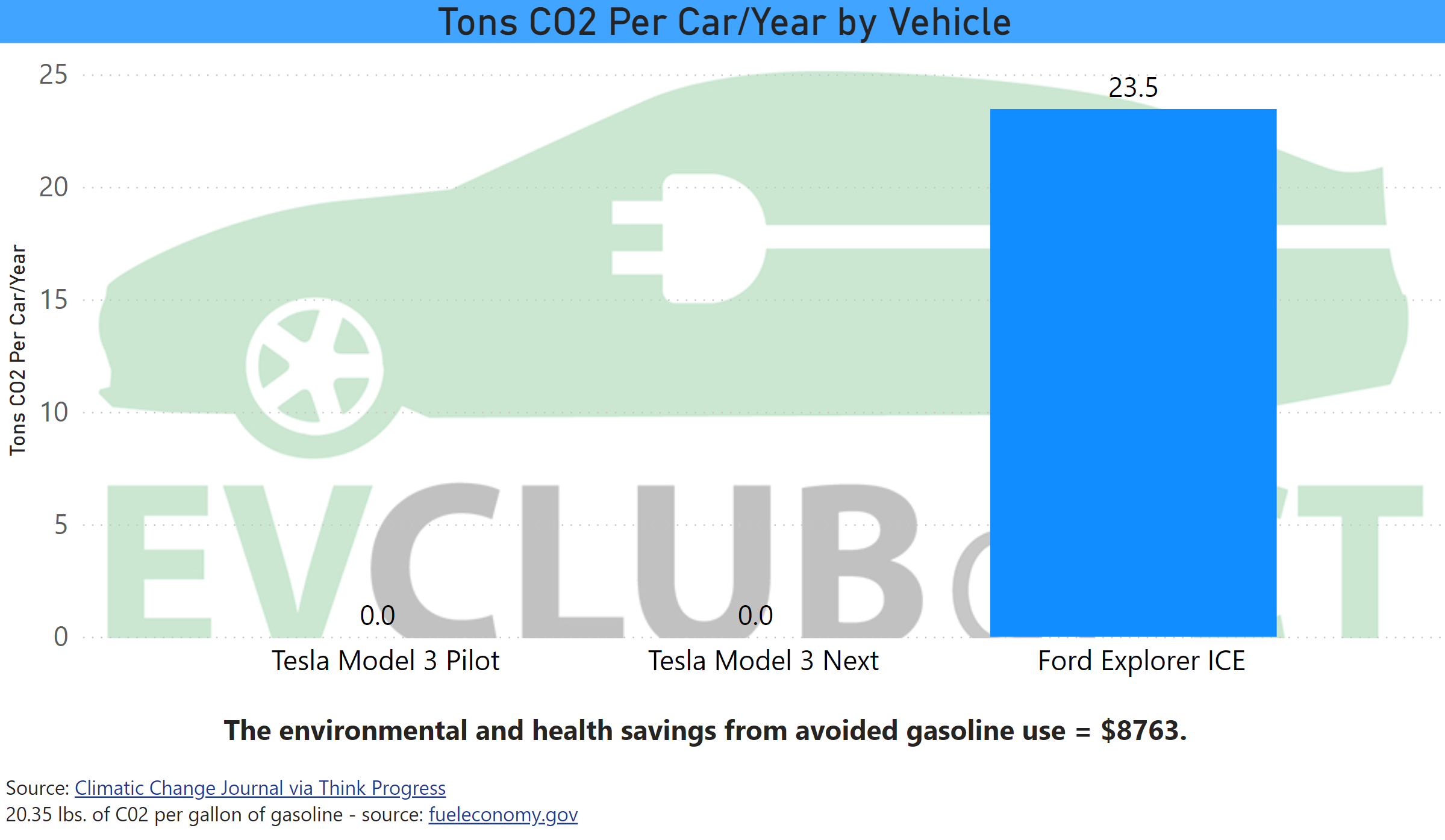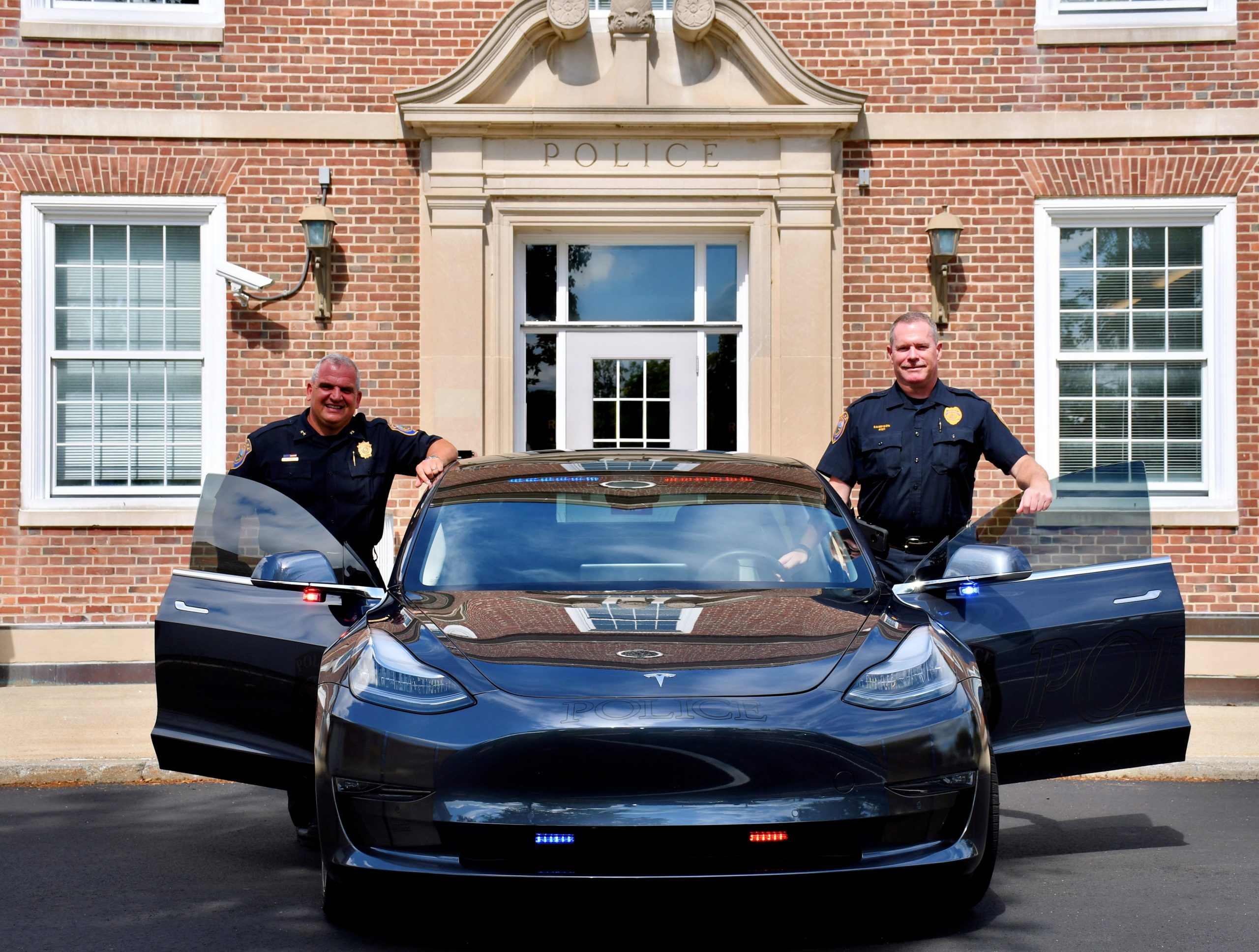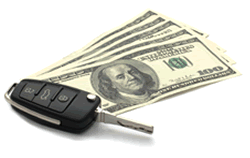Webinar – EV Purchase incentives and Free Charging
EV Purchase Incentives, EVSE (charging equipment) Subsidies, Free Charging This past Tuesday, July 27th, the EV Club presented a webinar jointly sponsored with Sustainne, LLC, Sustainable Westport, and the Town of Westport on how to … Read more

